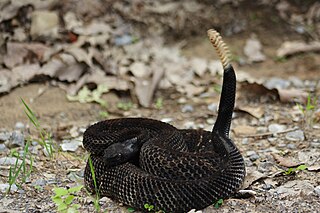Recently I reported on a study that documented declines of 50-90% in 17 populations of 8 snake species (please see article linked below). These findings brought to mind the global amphibian decline that was first uncovered in 1990. Since then, an emerging disease caused by the fungus Batrachochytrium dendrobatitis has likely caused the extinctions of over 100 frog species. Researchers seeking to avoid a similar crisis among the world’s snakes have now identified an emerging illness, Snake Fungal Disease, as cause for serious concern. Associated with a newly-described fungus, Chrysosporium ophiodiicola, the disease has been found in several species in 9 states (USA), but is likely much more widespread.
New Victims of a New Fungus
The global snake declines mentioned above first came to light in the late 1990’s, but explanations remain elusive. In 2008, herpetologists became alarmed when Eastern Massasaugas (or Swamp Rattlesnakes) in Illinois and Timber Rattlesnakes in New Hampshire showed evidence of an unusual fungal infection. A fungus (Chrysosporium sp.) that had previously been isolated from captive snakes, but never in the wild, was identified from head lesions on the Timber and Swamp Rattlesnakes. All of the snakes submitted for study expired.
In April of 2013, the USGS National Wildlife Health Center announced the discovery of a fungus new to science, Chrysosporium ophiodiicola. This fungus has been implicated in an emerging disease that is now afflicting snakes in the Eastern and Midwestern USA. Increasing numbers of snakes showing evidence of infection have been found by USGS biologists, who fear that the disease may devastate snake populations. Read More »
 That Reptile Blog – Reptile, Amphibian and Exotic Pet Care and Information
That Reptile Blog – Reptile, Amphibian and Exotic Pet Care and Information


 I’ve observed some quite large snake feasts – a Red Foot Tortoise and a 60 pound deer taken by Green Anacondas (the tortoise was an unfortunate exhibit mate; the deer fell to an anaconda at my study site in Venezuela) and 40 pound pigs regularly fed to Reticulated and Burmese Pythons under my care at the Bronx Zoo, for example.
I’ve observed some quite large snake feasts – a Red Foot Tortoise and a 60 pound deer taken by Green Anacondas (the tortoise was an unfortunate exhibit mate; the deer fell to an anaconda at my study site in Venezuela) and 40 pound pigs regularly fed to Reticulated and Burmese Pythons under my care at the Bronx Zoo, for example.